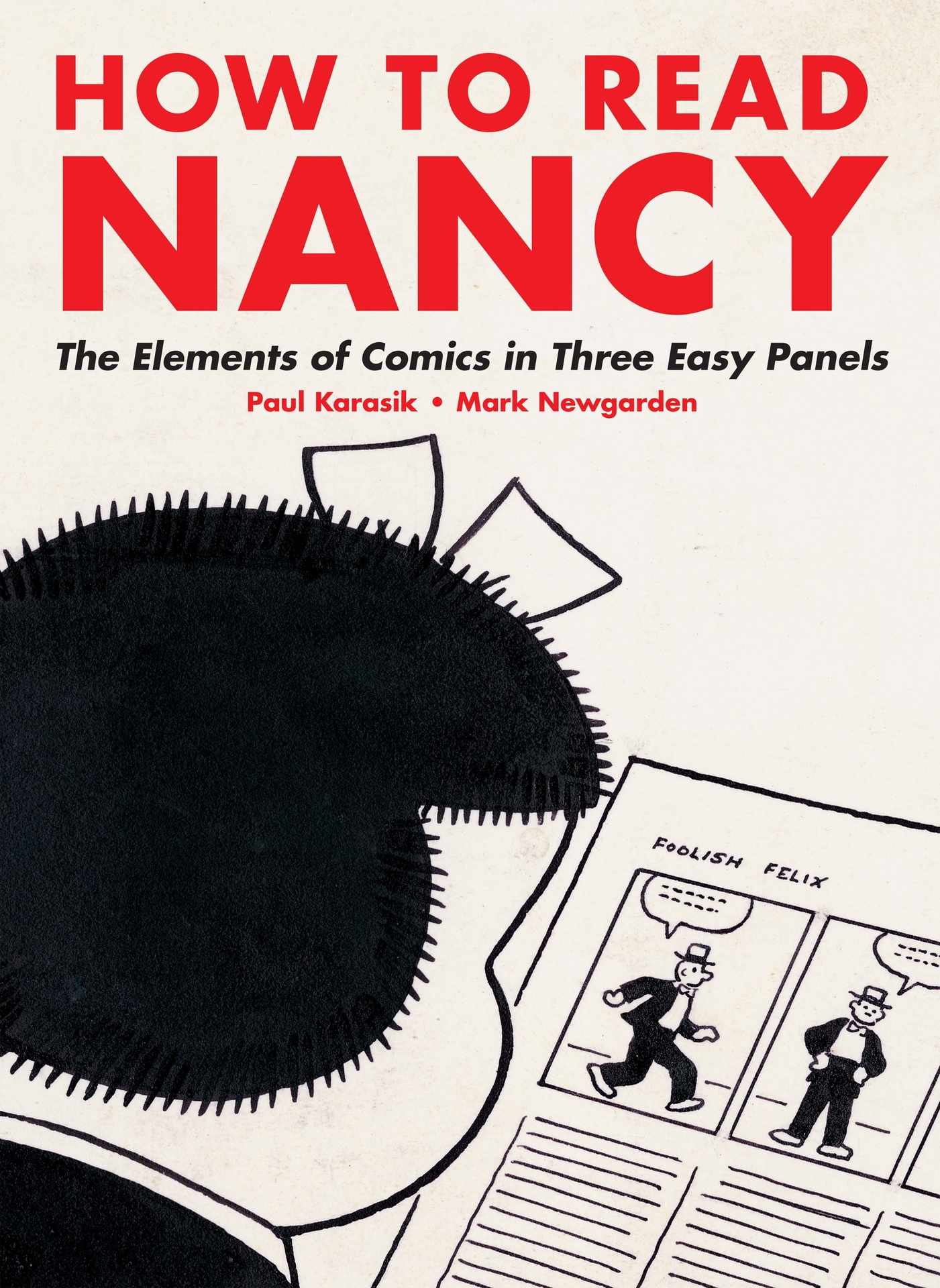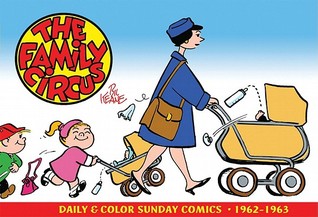I admit it. I love Nancy, and not ironically, at least not any longer. I grew up reading Nancy and Sluggo every day in the Chicago Sun-Times, which says something about my parent’s household (i.e., the Sun-Times, not the Republican Tribune). But it was in college that I became truly devoted to Nancy and her creator, Ernie Bushmiller.
Continue reading



